Up Next

The Dale Coyne Racing IndyCar team has had a few relative moments in the spotlight before.
It had American football great Walter Payton as a co-owner from the mid-1990s until his untimely death.
Hiring ex-Formula 1 driver and 2002 CART champion Cristiano da Matta at the start of 2006 was a neat bombshell, paving the way for future bigger signings such as Justin Wilson and Sebastien Bourdais.
Then there was Roberto Moreno’s shock podium in the 1996 US500, Wilson’s breakthrough 2009 Watkins Glen win, and Bourdais’ victories in the 2017 and ’18 openers.
But the timing of its deal with Romain Grosjean is something else. He’s not Coyne’s first ex-F1 signing, but joining the team directly not only from his final F1 season but for his comeback following a fiery crash that received worldwide attention is one hell of a headline-grabber. Especially for a team that took 12 years to record its first podium and 25 years to win a race, and has often got more attention for how many obscure pay drivers it might get through in a season than what it actually achieved.
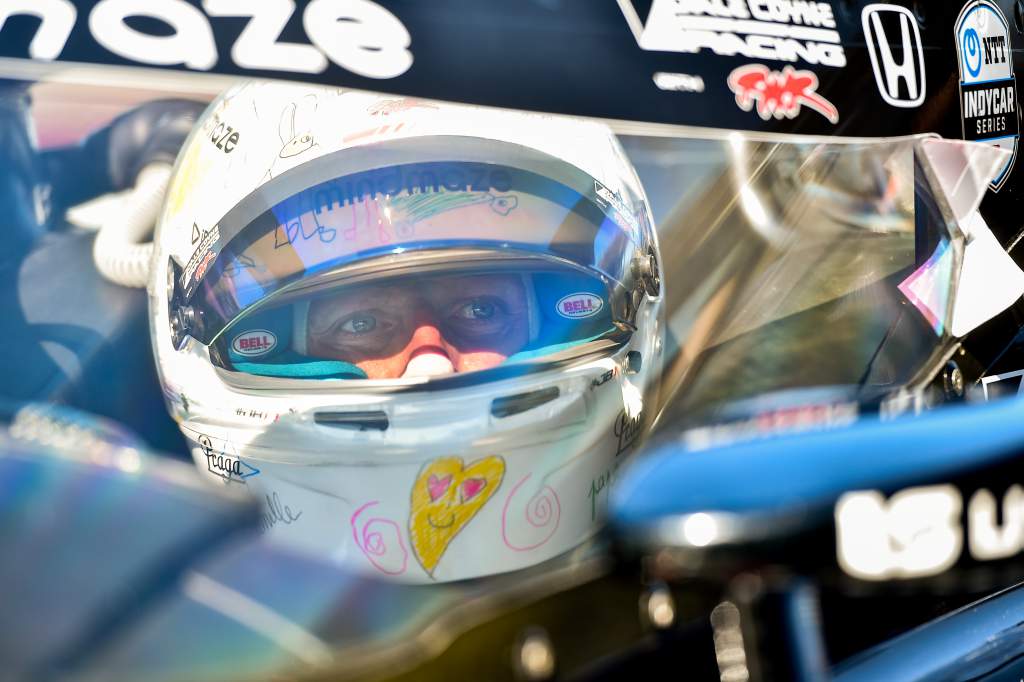
Even diehard IndyCar fans might not quite realise the strengths of this minnow outfit, which is now absolutely capable of winning and taking on the big boys on any given day.
Last year’s IndyCar title-winning engineer, the man Ganassi tasked with introducing seven-time NASCAR champion Jimmie Johnson to the series and the person McLaren’s IndyCar arm signed to lead its R&D programme were all hired from Dale Coyne Racing in the last year or so.
Coyne is a talent breeding ground for both drivers and personnel, a situation that has both positives and negatives, with Paul Tracy among the drivers it gave IndyCar breaks to even in its early days.
Illinois-born ex-racer Coyne is willing to be bullish with putting his faith in drivers with ability and finding the money to make it happen within the team’s modest means.
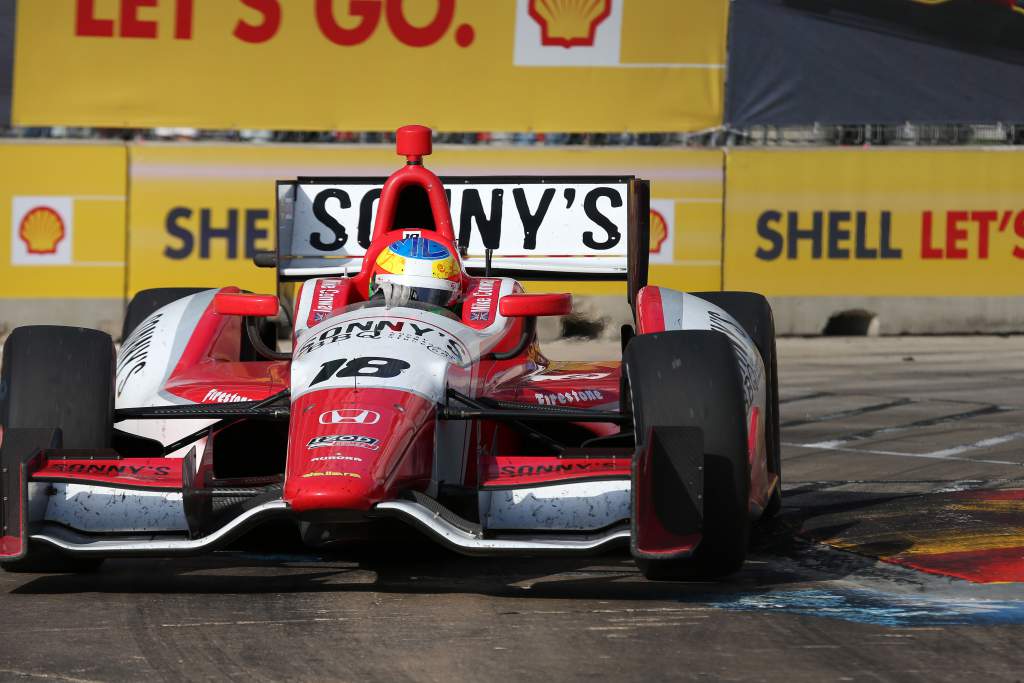
Mike Conway is one of them. At the end of 2012, he declared he no longer wanted to race on ovals, which he accepted probably meant the end of his chances to win in IndyCar.
A chance to return at Long Beach with Bobby Rahal ended in retirement, but he then got a call from Coyne in the week leading up to the Detroit double-header.
“I really thought I’d have no chance to get back into IndyCar again, with not wanting to do the ovals,” Conway tells The Race.
“So really, any drives I was getting, I was really lucky. The first one, with Bobby Rahal, at Long Beach which is a track I really loved and we had a good sponsor for that weekend.
“Unfortunately, we just had some mechanical issues with the car during the race, we had to retire.
“So I was lucky to get that one and another one obviously with Dale. And then because of the good result at Detroit, I had another couple of weekends.”
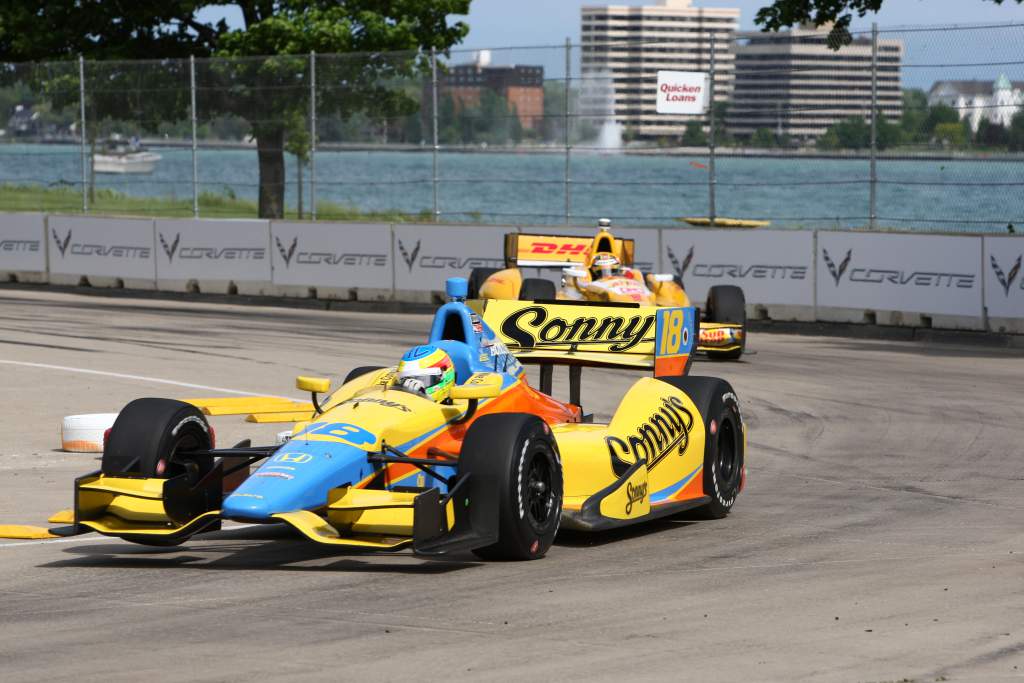
Conway dominated the first race at Detroit, having taken the lead at the start. His only real challenge was on strategy against – coincidentally – Ryan Hunter-Reay, who had been involved in his huge 2010 Indianapolis 500 crash. Overall it was “one of those dream weekends where you just jump in, you don’t do anything to the car and you just rag it”.
Although their partnership came to an end after two more race weekends, Conway is still thankful for the chance now.
“Dale is a real straight shooter, he’s just telling you how he is and what he’s got and what he’s capable of,” adds Conway.
“I think he’s always produced good cars and he’s always surprised people, with Sebastien Bourdais he’s had some good results and with many other drivers. They do what they can on the budget they have.
“I know it gets harder and harder in IndyCar especially with really tight margins across the whole field and it’s hard to compete against the big guys like Penske, Ganassi and Andretti. It’s definitely a tough field.
“I really enjoyed my time there, we had a great time. I was really thankful to Dale for that opportunity to gain more momentum after that, and really, really good memories.”

What Coyne did for 2017 effectively starts the tale of how it became a competitive option for Grosjean.
Coyne made a bold move to entice back his 2011 driver Bourdais over from the KVSH team and along with him a number of key staff. A big investment was made in the team to bring the new personnel in and it delivered a win first time out with Bourdais in his adopted home of St Petersburg.
Coyne said at the time that the win was bigger than the team’s first with Wilson back in 2009, adding: “I know what everybody’s put in over the winter, bringing a new engineer, his [Bourdais’s] old team back together, so to speak. We had part of his crew guys from Newman-Haas, Olivier [Boisson, engineer] from last year who worked with him.
“Just a good engineering effort. The money we spent over the winter was starting to pay off.”
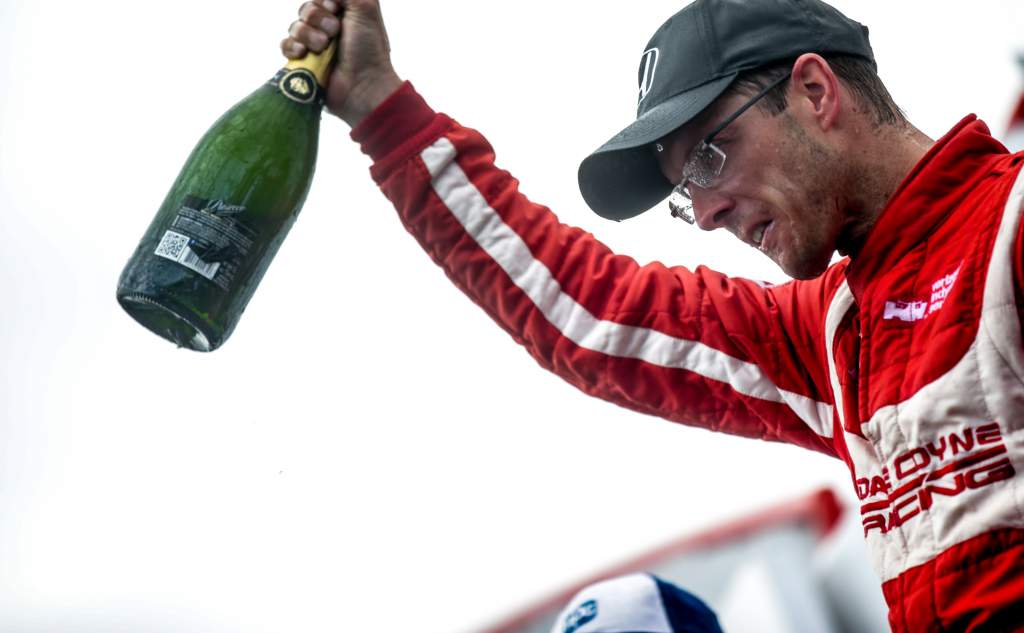
Bourdais repeated the feat at the same track a year later, but ultimately the marriage would end on a sour note – a situation perhaps unusual for a Coyne driver. Bourdais wasn’t retained for 2020 and there was definitely no love lost between the two parties in the aftermath.
Ultimately it led to the beginning of another new era as Coyne added Team Goh sponsorship and took on Super Formula race winner Alex Palou for 2020.
Despite an inconsistent year, Palou’s flashes of pace at the team and his performance across the whole Indianapolis 500 event was enough for the eventual title winning team Chip Ganassi Racing to take on the Spaniard for 2021.
“Dale Coyne, it’s amazing,” Palou tells The Race.
“The resources they have compared to the results they achieve, it’s amazing. Being honest we did a bad season last year, like, we had a better car than our results.
“I don’t think we were fighting for top fives all the weekends, because that’s not possible, but there was some places like Mid-Ohio we could have done like two podiums there with two cars, Road America as well. Indy 500, we could have won that thing, or finished on the podium – which is amazing.
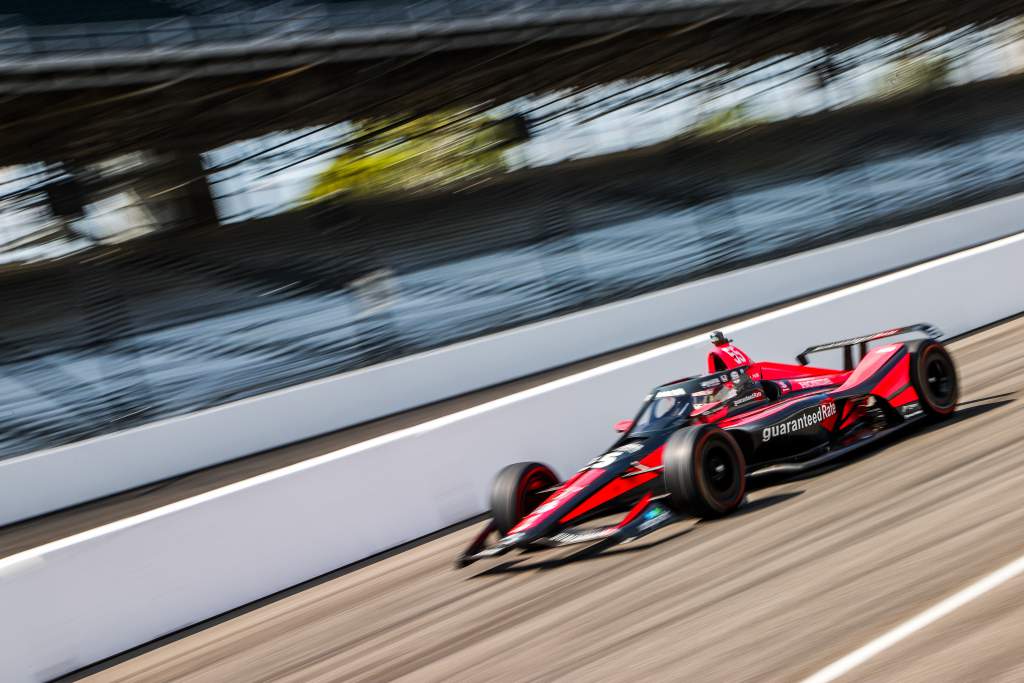
“Now to see all the resources that big teams like Chip’s have, and the small one that we had at Dale Coyne, it’s amazing.
“They do 100% from what they have. There’s something there in Dale Coyne that they are able to do and that’s really good.
“That’s why we see so many young drivers getting so many good opportunities like me, it’s because of Dale Coyne.
“I did not do all the job by myself; it was Dale Coyne and all the team, not only engineering or mechanics or Dale, not only me. It was a good year and good teamwork.”
It’s interesting Palou mentions teamwork. With only five or so people on each car in terms of engineering power, it requires a bit of a different approach to the massive teams Coyne’s racing against.
One of the reasons Grosjean has come to IndyCar is for the more even playing field and it’s true, there’s a much better chance of winning in a Dale Coyne car than there is of beating a Mercedes in a Haas.
But given the fact Andretti, Ganassi and Penske each have four full-time cars, that’s 12 cars you have to beat that are making use of an incredible amount of resources.
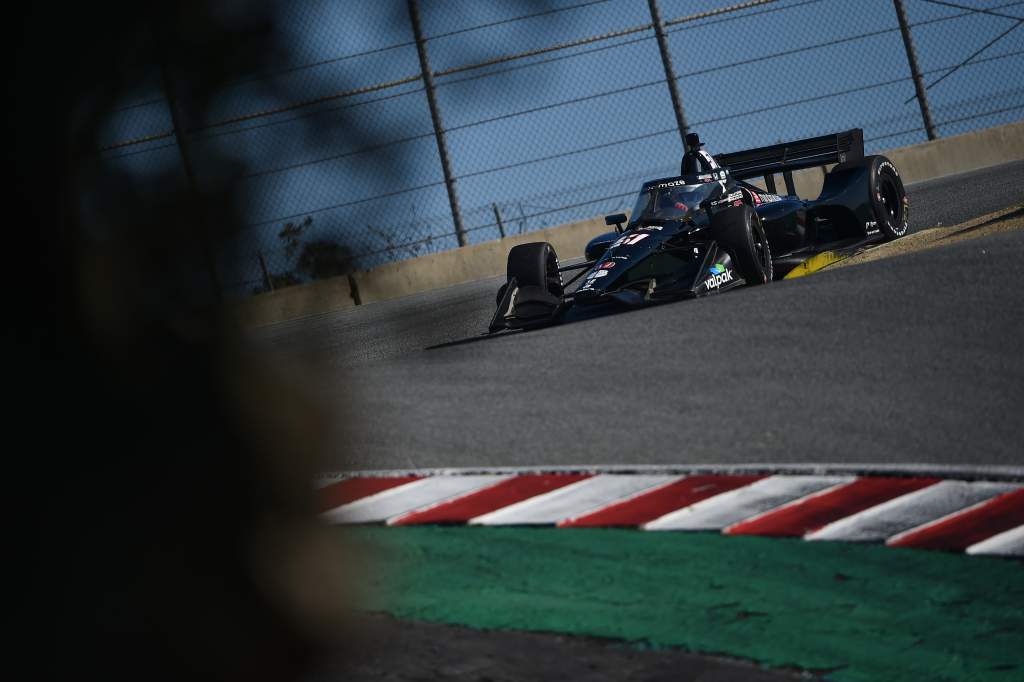
Ross Bunnell is being promoted this year from secondary engineer on Palou’s car to lead engineer on Grosjean’s car. He comes highly recommended by Scott Dixon’s Ganassi engineer last year Mike Cannon – a long-time Coyne employee like Arrow McLaren SP’s R&D chief Craig Hampson and Jimmie Johnson’s new engineer Eric Cowdin.
Bunnell gave The Race some insight about what the team make-up is like from the inside.
“You’re not really compartmentalised until you’re only ‘this’ or you’re only ‘that’,” says Bunnell. “They pretty much let you get into whatever you can handle.
“I started off here as a wiring guy, Cannon was very much like, ‘we want to keep you engaged, whatever projects we can get you involved with’, it’s not like I got stuck only doing wiring. So I learned a lot of skills very early, which was definitely good for my growth.
“Dale’s definitely a good talent spotter and I think a lot of the mechanics are actually very, very good. One of the car chiefs, Todd Phillips, worked at Newman/Haas for however many years – getting those guys who came from a big team with all that knowledge is good.
“Coming here, they are able to help train up the mechanics and kind of get that culture going between engineers and mechanics.”
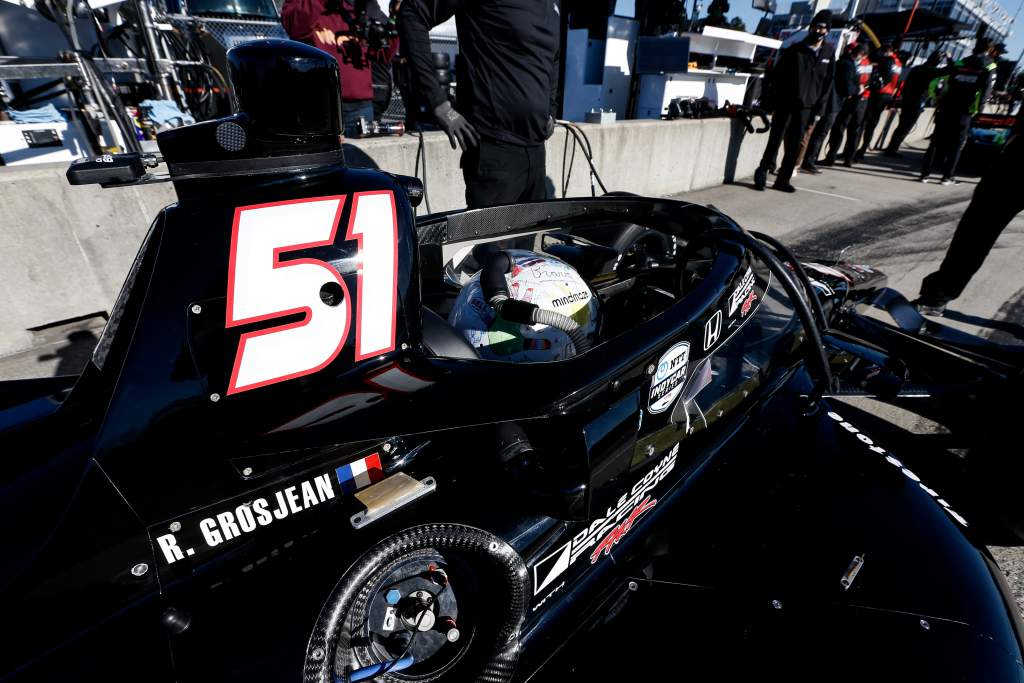
The atmosphere and camaraderie in the team is also a key element; if you’re burning the midnight oil you really need to work well with the small team around you.
“There’s definitely a lot of laughing and joking,” confirms Bunnell.
“I would say it’s a pretty laid-back atmosphere. I’ve never worked for a big team so I guess I don’t know if it’s ‘very serious’, no smiles or what that life’s like.
“But it’s definitely pretty laid-back here, but at the same time when we’re preparing for the Speedway or something like that guys are here very late preparing cars to make sure everything’s as perfect as it can be.
“And I do think with our Speedway cars, that detail work does show in our performance.
“We’ve had a car in the fast six the last four years [at Indianapolis], my car personally I felt like it could have been on pole two of the last four years.
“It’s a tight group so the personalities kind of have to mesh for our operation to be successful.
“Everyone gets along very, very well and it’s pretty laid-back, but when it comes down to crunch time everyone really puts in the work, has a lot of pride in their work and I think that’s kind of why we make our programme work and it’s why we do have success at times.”
Obviously, Coyne would take the resources of one of the massive teams if he could, but there are still opportunities to gain from its status. With people not pigeon-holed into certain jobs and without layers of management, immediate decisions can be made and the team is more fleet of foot.
Think about it this way. Dale Coyne is a kit car. If you’ve built the car and it has an issue, you can just fix it immediately. It takes many more hours and it’s much harder to build a kit car than it is to buy from a showroom but it’s more customisable. If you buy a car from a showroom and you uncover an underlying design fault, the salesperson will feed that to their boss, and it slowly runs up the chain of command. It might take months or years to fix.
The atmosphere in the team might be one of the reasons Coyne has been so successful at nurturing drivers coming into IndyCar from racing abroad, especially from Europe and an F1 ladder background. In recent years Pietro Fittipaldi, Ed Jones, Conor Daly, Esteban Gutierrez, Santino Ferrucci and Palou have all made that kind of switch.
“I think the secret is the drivers need to feel like we do,” Coyne says.
“We enjoy it. We enjoy the racing, we enjoy the competitiveness of it all. Drivers come here and they enjoy the car, ‘The car is back in my hands again’ [they say]. We can set the car for a driver that likes an understeer, oversteer car.
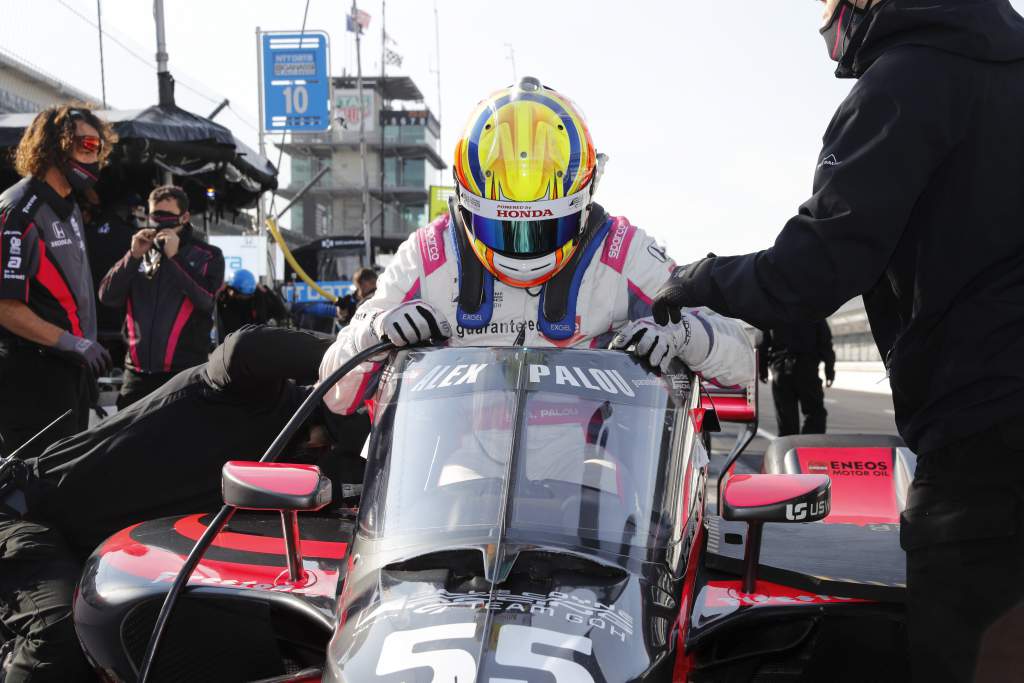
“In Europe, they give you a car and you drive it. The engineers are everything and you’re just a tool in the car. Here you’re the biggest tool in the car.
“I think they enjoy that. We enjoy doing that with them. We enjoy learning about them and their driving styles, pointing out how to make them better.
“As Romain says, it goes back to his earlier days in formulas where the camaraderie in the pits, everything that happens, it’s such a different feel over here than it is in Europe.
“I think that gives the driver a whole new rebirth no matter what their age is.”
There’s no doubt Coyne, its size and its atmosphere are similar to what Grosjean’s experienced pre-F1. It’s exactly the kind of surroundings he can thrive in with his switch to IndyCar.
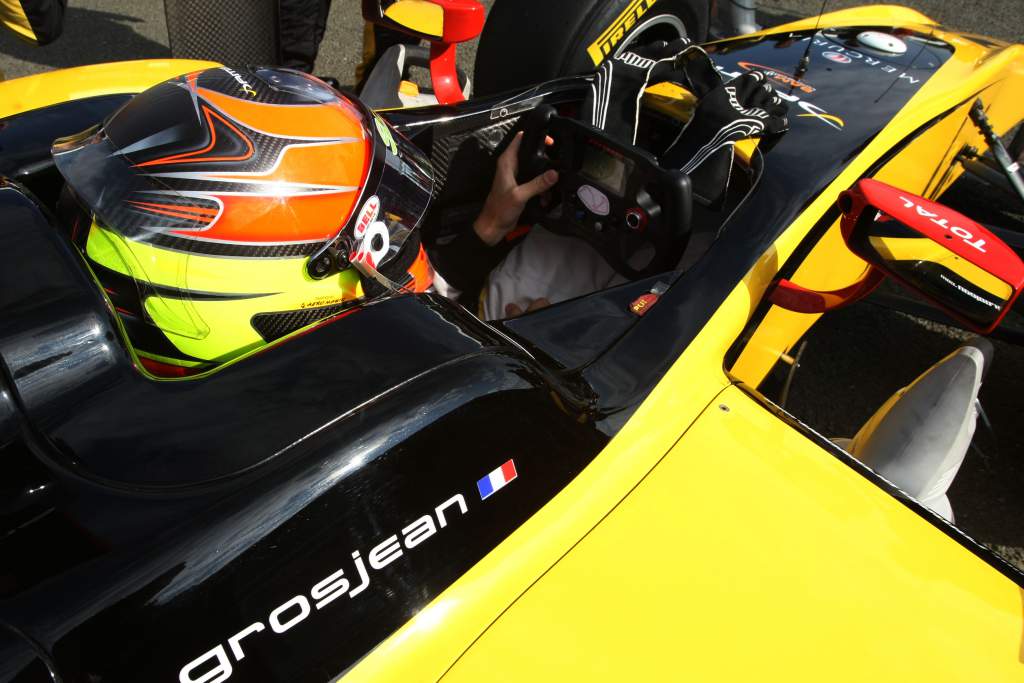
Perhaps he can turn the team into a regular contender or maybe it acts as a low-pressure taste of IndyCar for him before he makes a Palou-style switch to a bigger team once he’s proved himself and adapted well.
There’s no guarantee of that as ex-F1 driver Marcus Ericsson hasn’t yet become a winner force despite driving for Ganassi last year, and being a race winner at European junior levels like Grosjean.
Grosjean himself addressed the team size after his first IndyCar test at Barber.
“Yeah, it’s one of the smaller teams of the championship, but the guys here are very motivated,” he said. “They do a great job, they’ve been turning the car [around] quick, they’ve got some good experience.
“So really I don’t think it’s anything bad or to be ashamed of. Yes, we are a smaller team, but I think we can do a great job with what we have, and that’s why I took the challenge.”
Both Grosjean’s and Coyne’s track records suggests there’s possibility for something special here. But there are no guarantees in IndyCar, and we’ll only know how right the formula is once the season gets rolling.
And if success does come in 2021 for Coyne – say, a win or more – then its focus would have to shift to holding on to Grosjean in the future.









